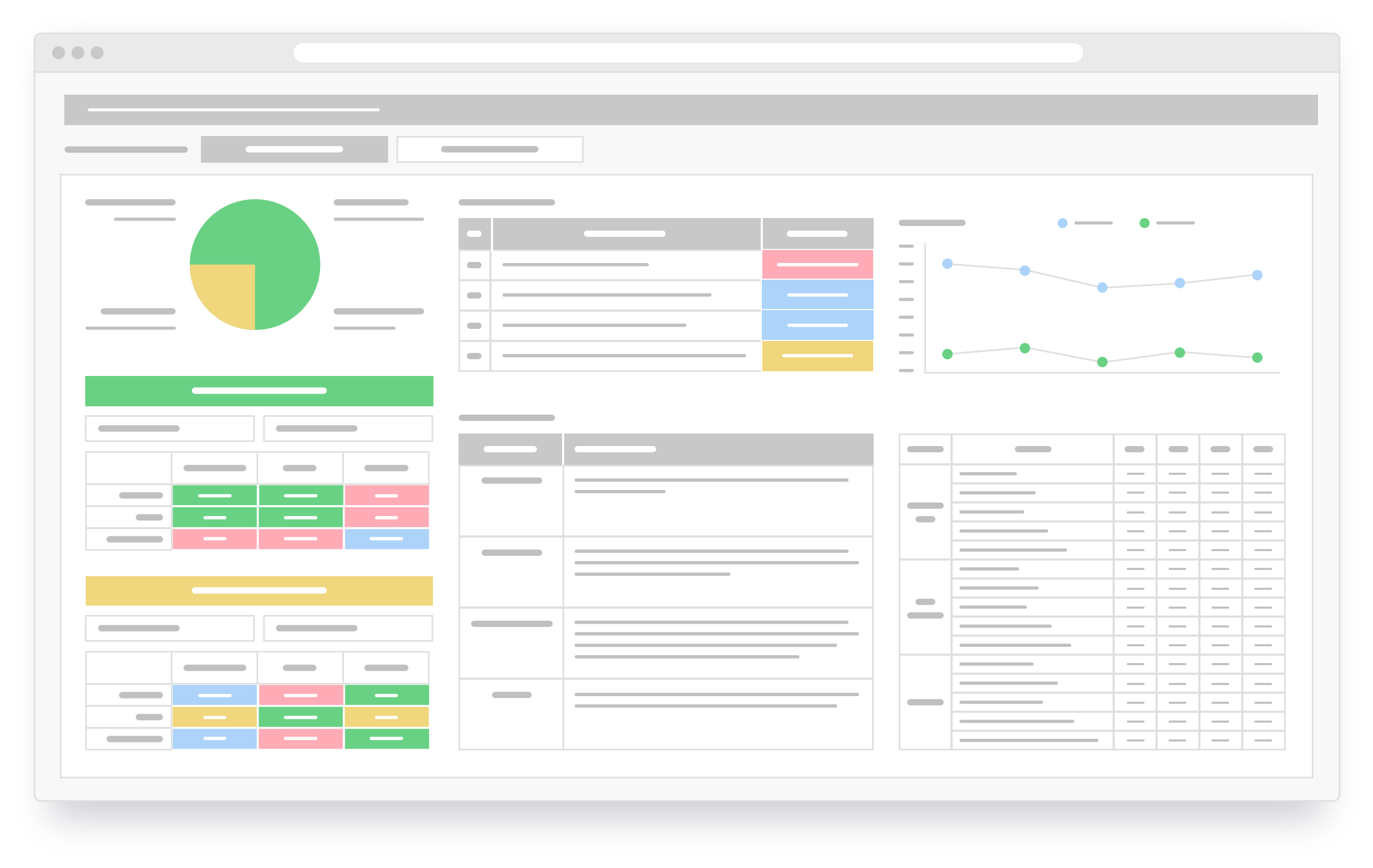Academic Management Dashboards

PES Academic Management Dashboards give you a quick summary of KPIs for all your academic programs. Following the summary is a one-page overview of each program’s market, instructional economics, efficiency, and student outcomes. It includes faculty-drafted objectives and tasks to improve each program. The Academic Management Dashboards highlight issues and opportunities so you can continuously improve your program portfolio and prepare for accreditation.
Portfolio Summary
Use data to quickly identify program issues and opportunities. Better align your program portfolio with your mission, markets, academic goals, and budgets.
Customized Insights
Tailor the dashboard to your needs with custom market definitions, scoring systems, and faculty input.
Timely Progress Tracking
Easy access to sound data enables frequent check- ins with your faculty. The dashboard tracks progress and flags concerns before they become serious issues.
Portfolio-Level Assessments
Consistent, accurate KPIs for each program and the portfolio, inform evaluations of the portfolio health. Data-informed insights support strategic decision-making.
Learn more about Gray DI's PES Academic Management Software
- Enables data-informed decision-making
- Involves institutional leaders, deans, faculty, and functional managers
- Includes large group discussion and small breakout groups
- Builds consensus among key stakeholders
- Accelerates implementation by months–or years
Curricular Efficiency Workshop by Gray DI supports you with the following:
- Cost Management: Utilizes course-level data to identify high-cost, low-margin, or redundant courses, helping in cost reduction and resource optimization.
- Staff Deployment: Assists faculty and administrators in making informed decisions on instructional staff deployment, allowing optimal utilization of critical resources.
- Budget-Informed Decision-making: The data informs budgets and course schedules, contributing to the overall financial health of the institution.
